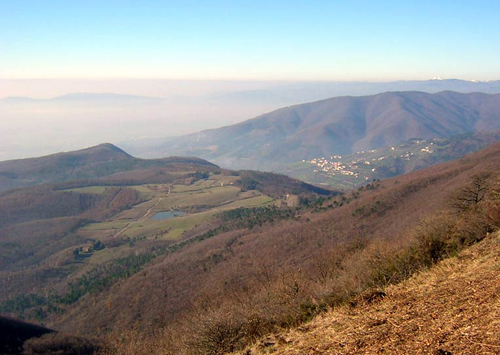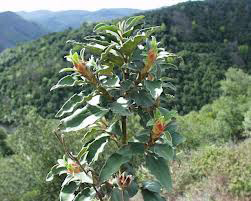INFFER application in Tuscany
In the European Union, as in many parts of the world, there is increasing pressure to demonstrate that environmental projects achieve expected outcomes and are cost-effective. In recent times we have collaborated with a team from the University of Florence to examine the application of INFFER to agro-environmental assets in the Mugello and Valdisieve areas of northern Tuscany, Italy. Our findings have recently been published in the Italian Journal of Agronomy.
Farmers, environmental and institutional representatives and technical experts took part in the process of identifying agro-environmental assets in the region. A total of 26 assets were identified, and of these, only 2 (the last remaining population of Cistus laurfolius within the natural protected area of local interest (Area Naturale Protetta di Interesse Locale, ANPIL) of Santa Brigida, and the Antonio forest were selected as having reasonable prospects of progressing to cost-effective projects (benefit:cost ratio>1). Detailed projects were developed for both assets and found to be cost-effective based on available information. While the mindset of being clear about identifying and valuing natural assets was a new concept to participants, overall the process worked well.
Overall, INFFER appears relevant and useful in an EU context, and, in particular, is highly compatible with the EU Natura 2000 nature and biodiversity policy.
Reference: G. Cesare Pacini, Leonardo Gabellini, Anna M. Roberts, Concetta Vazzana, Geoff Park, David J. Pannell, 2013. Assessing the potential of INFFER to improve management of agro-environmental assets in Tuscany. Italian Journal of Agronomy, volume 8:e27 p 224 – 232.
Posted in News



